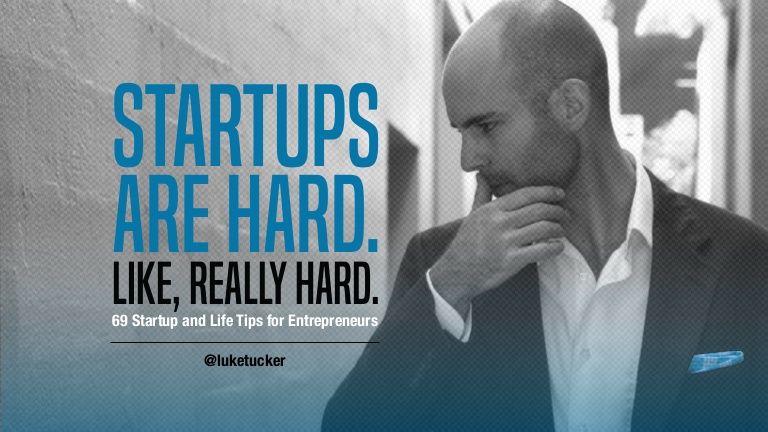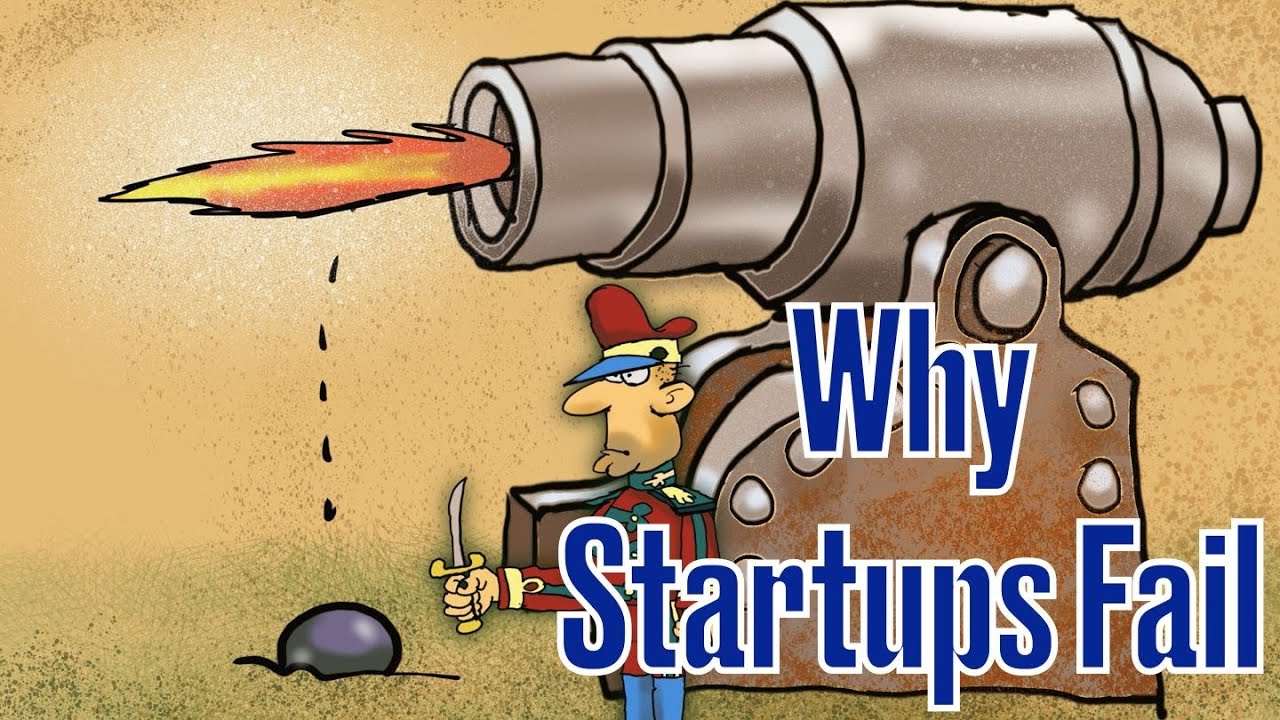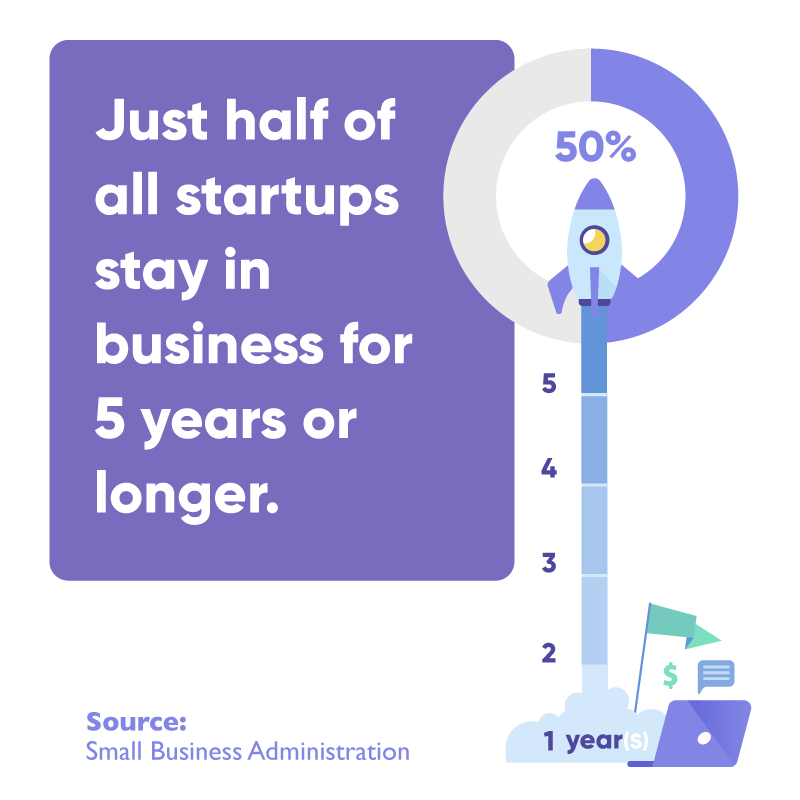Hard Startups

Hard Startups: Tackling the Tough Challenges

Not all startups are created equal. While some burst onto the scene with a catchy app or innovative service, others take on much bigger problems, venturing into complex fields with long timelines and uncertain outcomes. These are hard startups – pioneers pushing the boundaries of technology, science, and societal structures.

What makes a startup “hard”?

- Technical complexity: These ventures often tackle groundbreaking ideas that require significant research, development, and engineering feats. It could be creating new materials, developing complex software algorithms, or even engineering biological solutions.
- Long time horizons: Success doesn’t come overnight. Hard startups might need years, even decades, to bring their technology to market and see it mature. Think gene editing therapies or building fusion reactors – the journey is long and requires sustained commitment.
- High upfront costs: Research, development, and building specialized infrastructure can be incredibly expensive. Fundraising becomes crucial, but convincing investors in unproven technologies can be tough.
- Regulatory hurdles: Navigating complex legal and ethical frameworks adds another layer of difficulty. Whether it’s drug approvals or data privacy regulations, navigating these hurdles can be a significant undertaking.
Despite the challenges, hard startups offer immense potential:
- Addressing critical needs: They tackle world-changing problems in areas like healthcare, energy, climate change, and education. Their success can significantly improve lives and create a better future.
- Technological breakthroughs: These ventures push the boundaries of what’s possible, paving the way for new industries and advancements. Their innovations can ripple across other sectors, sparking further progress.
- High rewards: When they succeed, the payoff can be monumental, creating not just financial success but also societal impact and lasting legacies.
The path of a hard startup is not for the faint of heart. It requires:
- Vision and resilience: Founders need a clear vision to guide them through the inevitable setbacks and unwavering belief in their idea to keep them going.
- Exceptional talent: Building a team of brilliant engineers, scientists, and business minds is crucial to overcome technical challenges and navigate complex markets.
- Adaptability and learning: The game constantly changes, and hard startups need to be agile and quick to adapt to new discoveries and market shifts.
- Strong partnerships: Collaboration with research institutions, established companies, and other innovators can provide vital resources and expertise.
While the journey is tough, the potential rewards of building a hard startup are immense. These ventures represent the cutting edge of progress, offering solutions to some of humanity’s biggest challenges and pushing the boundaries of what’s possible. So, next time you hear about a startup tackling a seemingly impossible problem, remember the incredible dedication and potential behind the label “hard startup.” They might just be the ones to change the world.
Hard Startups: When Building Dreams Requires Grit and Genius
While some companies seem to spring up overnight and achieve instant success, others face a much steeper climb. These are the hard startups, ventures tackling complex challenges that demand extraordinary effort, resources, and ingenuity.
What makes a startup “hard”? Several factors can contribute:
- Technological complexity: They may be pioneering entirely new technologies like gene editing, nuclear fusion, or artificial general intelligence. These frontiers require breakthroughs in fundamental science and engineering, posing significant technological hurdles.
- Long development timelines: Unlike an app that can be built in months, hard startups often face development cycles that span years, even decades. This requires sustained vision, commitment, and the ability to navigate uncertainty.
- High initial capital needs: Bringing groundbreaking technologies to market often requires substantial funding for research, development, infrastructure, and regulatory approvals. Securing and managing this kind of capital can be incredibly demanding.
- Market uncertainty: Hard startups often target nascent markets or disrupt established industries. Validating demand and creating new user behaviors require innovative marketing strategies and a tolerance for ambiguity.
- Regulatory challenges: Novel technologies often fall outside existing regulatory frameworks, leading to complex and lengthy approval processes that can hinder progress.
So, why would anyone choose to embark on such a daunting journey?
- Impact potential: Hard startups tackle some of humanity’s biggest challenges, with the potential to revolutionize industries, improve lives, and shape the future. This sense of purpose is a powerful motivator for founders and investors alike.
- Technical breakthroughs: Solving seemingly impossible problems pushes the boundaries of knowledge and innovation. The opportunity to make groundbreaking discoveries and contribute to scientific progress can be incredibly rewarding.
- Long-term rewards: While the road is long and arduous, the potential rewards for successful hard startups can be immense. They can create entirely new markets, generate massive returns, and establish themselves as industry leaders.
Navigating the challenges:
- Building the right team: Hard startups need exceptional talent with deep technical expertise, scientific rigor, and entrepreneurial spirit. Attracting and retaining these individuals requires compelling vision, competitive compensation, and a culture that fosters innovation and resilience.
- Strategic partnerships: Collaboration with industry leaders, research institutions, and government agencies can provide critical resources, expertise, and regulatory guidance.
- Agile adaptation: The ability to iterate, learn from failures, and adjust strategies quickly is crucial in the face of technological unknowns and shifting market dynamics.
- Relentless focus: Maintaining unwavering commitment to the mission, even during setbacks and periods of doubt, is essential for navigating the long and winding road to success.
Hard startups are not for the faint of heart. They require a unique blend of technical brilliance, visionary leadership, and unwavering grit. Yet, for those willing to embrace the challenge, the potential rewards are immeasurable, not just in terms of financial success but also in the lasting impact they can make on the world.
I hope this explanation provides you with a better understanding of the world of hard startups. If you have any specific questions or areas you’d like to explore further, feel free to ask!
The most counterintuitive secret about startups is that it’s often easier to succeed with a hard startup than an easy one. A hard startup requires a lot more money, time, coordination, or technological development than most startups. A good hard startup is one that will be valuable if it works (not all hard problems are worth solving!).
I remember when Instagram started to get really popular—it felt like you couldn’t go a day without hearing about another photo sharing startup. That year, probably over 1,000 photo sharing startups were funded, while there were fewer than ten nuclear fusion startups in existence.
Easy startups are easy to start but hard to make successful. The most precious commodity in the startup ecosystem right now is talented people, and for the most part talented people want to work on something they find meaningful.
A startup eventually has to get a lot of people to join its quest. It’s usually reasonably easy to get the first five or ten people to join—you can offer large equity grants and areas of responsibility. But eventually, what you have to recruit with are the mission of the company, the likelihood of massive success, and the quality of the people there. [1]
Few recruiting messages are as powerful (when true) as “the world needs this, it won’t happen any time soon if we don’t do it, and we are much less likely to succeed if you don’t join.”
There is a derivative of the Peter Principle at play here—your startup will rise to the level where it can no longer attract enough talented people. (This sometimes holds true for careers too—the limiting factor for many careers eventually becomes how many talented people you know and can get to work with you.)
An easy startup is a headwind; a hard startup is a tailwind. If people care about your success because you seem committed to doing something significant, it’s a background force helping you with hiring, advice, partnerships, fundraising, etc.
Part of the magic of Silicon Valley is that people default to taking you seriously if you’re willing to be serious—they’ve learned it’s a very expensive mistake, in aggregate, not to. If you want to start a company working on a better way to build homes, gene editing, artificial general intelligence, a new education system, or carbon sequestration, you may actually be able to get it funded, even if you don’t have a degree or much experience.
Let yourself become more ambitious—figure out the most interesting version of where what you’re working on could go. Then talk about that big vision and work relentlessly towards it, but always have a reasonable next step. You don’t want step one to be incorporating the company and step two to be going to Mars.
Be willing to make a very long-term commitment to what you’re doing. Most people aren’t, which is part of the reason they pick “easy” startups. In a world of compounding advantages where most people are operating on a 3 year timeframe and you’re operating on a 10 year timeframe, you’ll have a very large edge.
Thanks to Luke Miles for reviewing drafts of this.
[1] Another solution to this problem is to think about startups that can become quite successful with less than ten people. As compensation packages from the giant tech companies continue to increase, I suspect this will become a trend.




